Exhibition concept: Goran Arčabić
Exhibition and poster design: Oaza (Nina Bačun, Roberta Bratović, Maša Poljanec)
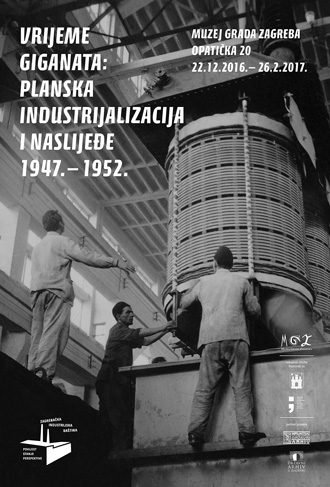 Exhibition The Giants Era is the backbone of the third and final stage of the research project Zagreb Industrial Heritage: History, State of Affairs, Outlook. The project aims to contribute to public awareness of the importance of industrial heritage.
Exhibition The Giants Era is the backbone of the third and final stage of the research project Zagreb Industrial Heritage: History, State of Affairs, Outlook. The project aims to contribute to public awareness of the importance of industrial heritage.
The exhibition continues a series of a study exhibitions which started in 2010:
Modernization on the Edge of Empire: Zagreb Industrial Heritage from 1862 to 1918 (2010)
The industrial centre of the state: Zagreb industrial heritage, 1918–1945 (2012)
The exhibition draws attention to the neglected architectural heritage from the socialist period, which faces a deficient implementation of the protection system, lack of conversion plans and investments and the conflicted emotions in post-socialist society. Repulsion and discomfort, motivated by political and moral reasons, face a kind of nostalgia for the lost symbols of the working man’s prosperity.
The exhibition focuses on the time of implementation of the Five Year Development Plan of National Economy in Socialist Yugoslavia, between 1947 and 1952. Construction of the state-owned enterprises of heavy industry and electrical industry (“giants”) then represented the ideological base of economic and social development.
The exhibition analyses and presents industrial facilities as documents of time in which critical, often dramatic episodes of national and world history were reflected. Four factories of federal significance – Jedinstvo, Rade Končar, Prvomajska and the Steam Boilers Factory (TPK) – were used in the examining the impact of politics on the process of industrialization in the formative period of Socialism. Four case studies are comparable to the study of the process and consequences of instant industrialization in the second half of the 1940s and early 1950s in the former Yugoslav federation.
The quest for “socialist” expression in architecture clashed with the requirements for rapid and economical construction, whereas the realisation of projects was burdened with technical limitations. Lack of machinery, equipment, tools and skilled workers at construction sites as well as a poor coordination of the distribution of building materials and frequent changes to project plans forced architects and civil engineers to improvise and innovate. Today this can be “read” as the specifics of the industrial architecture of the second half of the 1940s and early 1950s.
Despite the difficulties, industrial giants built during the first five-year plan (“petoljetka”) in the coming decades grew into drivers of the local, national and federal economy, thus becoming a contributor to an economic and political power of Zagreb in socialist Yugoslavia. Decentralization and model of workers' self-management, introduced in 1950, did not abolish the state control; however, the greater autonomy in decision-making in socialist economic enterprises was enabled. The results were an increase in quality, diversification of production and a better response to market needs. The relative liberalization and retreat from the policy of high government investments in the development of heavy industry accelerated economic growth and contributed the creation of a consumer society in Yugoslavia in the late 1950s.
Goran Arčabić
Pictures from the exhibition
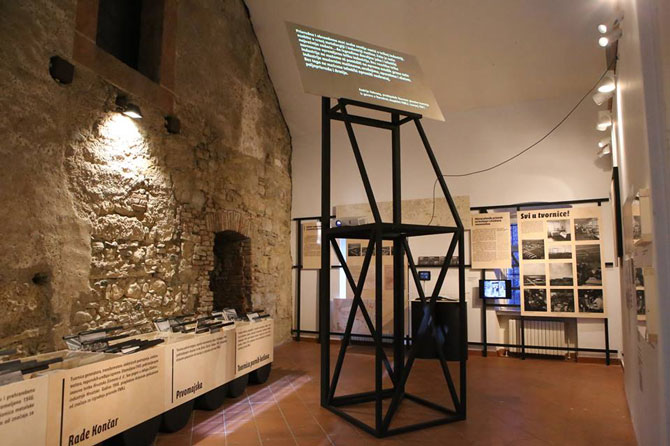
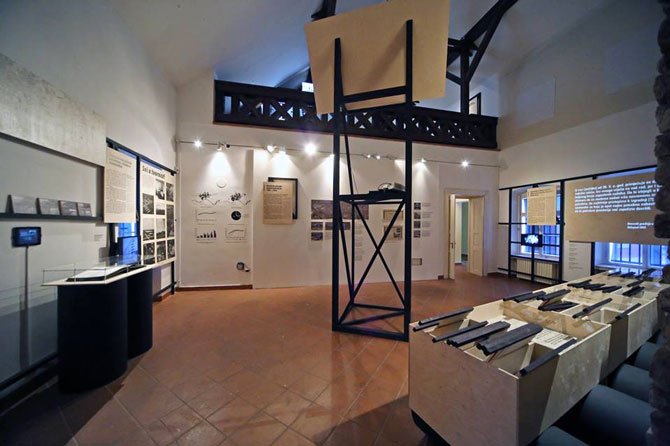
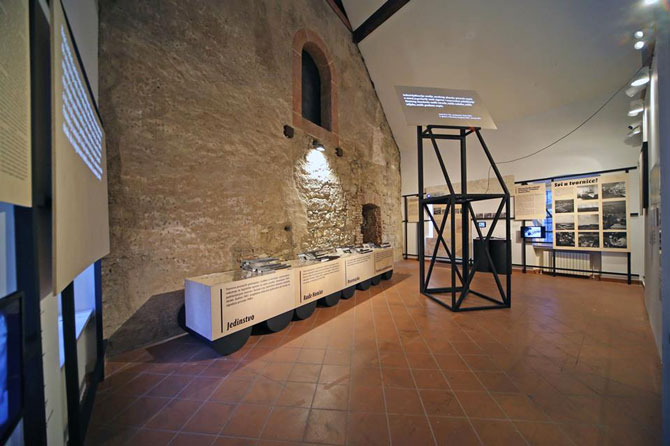
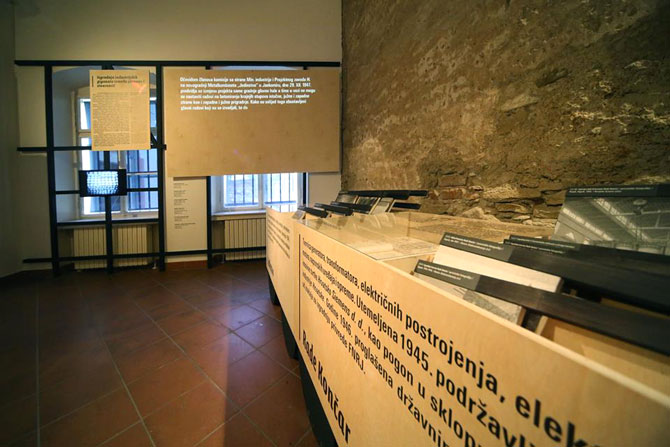
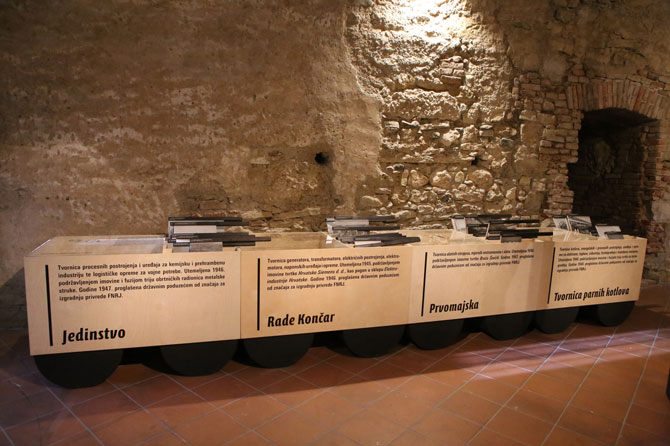
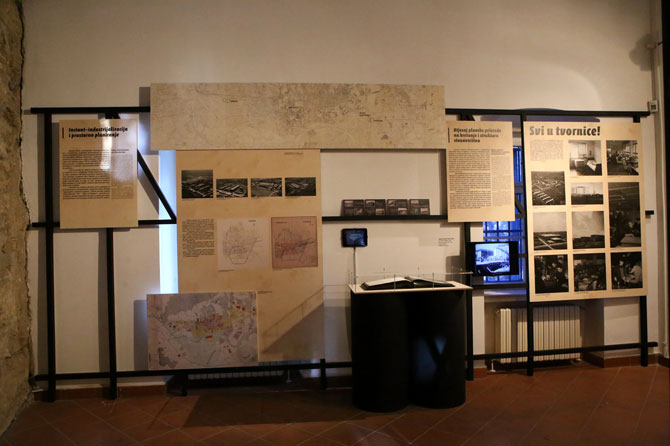
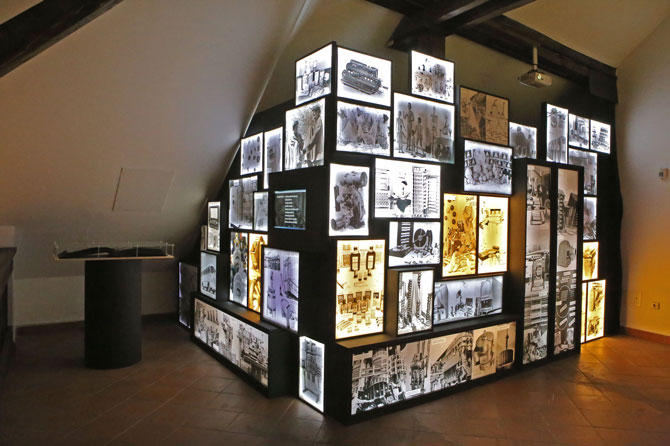
photo Miljenko Gregl, ZCM

